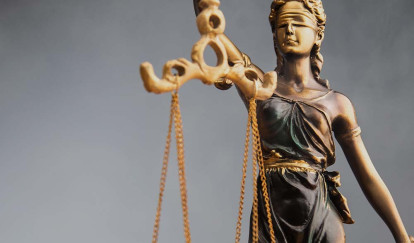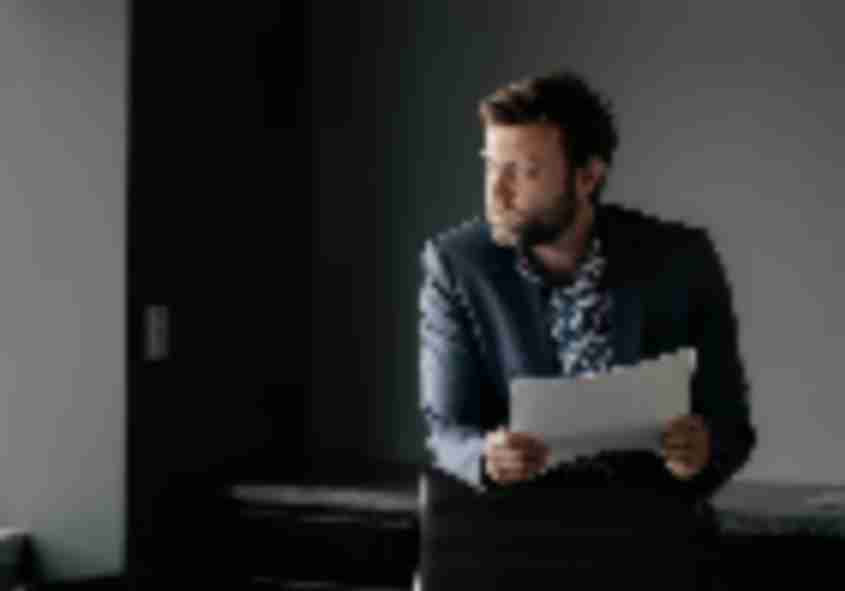
Share This Article
Many types of personal injury cases involve the legal doctrine of negligence. Car accidents, medical malpractice, and premises liability all require you to prove the four elements of negligence to recover damages in court or convince the at-fault party to settle your case.
What Are the Four Elements of Negligence?
First and foremost, what is negligence?
Negligence occurs when a party fails to act with the level of care that a reasonable person would have under the circumstances. .
The four elements necessary to recover compensation for negligence are as follows:
1. Duty of Care
The duty of care arises from the relationship between the involved parties. Some examples include the following:
- Doctors and patients
- Property owners and tenants
- Motorists and other road users
The duty imposed by negligence law has two components: One is the duty to act with reasonable care; drivers have a duty to maintain a safe speed and distance from other vehicles on the road.
The other is the duty to avoid unreasonable omissions, which means you cannot fail to respond when you have a duty to do so. Thus, a store has a duty to clean up a spill on the floor that could cause someone to slip.
2. Breach of Duty
A breach of duty occurs when someone fails to exercise the required standard of care under the given circumstances. The measure of a breach is based on an imagined individual who is similarly situated, ordinary, and objective.
“Objective” means that you do not specifically consider what was in the other party’s mind at the time of the breach. Instead, you consider what an ordinary, “reasonable” person would think. As a result, someone can breach this duty even if they believe they were doing the right thing.
“Similarly situated” means you should consider the circumstances. Thus, for medical malpractice, the standard would be based on the professional standard of care for an average, reasonable doctor or medical provider.
Lastly, “ordinary” means the imaginary person acts prudently, neither recklessly nor overly cautious. They do not have extraordinary foresight, but they are also not ignorant of likely risks.
3. Damages
Damages refer to the losses suffered due to the other party’s breach of duty. You may need medical treatment or lose out on potential income, and you may also experience pain and mental anguish. All of these circumstances constitute your damages.
As an element of negligence, damages are meant to prevent people from bringing an action forward regarding harmless negligence. For example, suppose a hotel’s staff leaves a spill in the middle of its lobby floor for an unreasonable time. Though the inaction constitutes a breach of duty, if no one slipped in the puddle or if someone slipped but was not hurt, no one has a right to recover damages in court.
4. Causation
You must show a causal link between the breach of duty and your damages. Causation has two elements.
The first element is a cause-in-fact event: One that falls in the chain of events that ultimately results in your injury.
Suppose a speeding driver loses control of their vehicle over loose gravel on the road and hits you. Both the driver’s excessive speed and the gravel spill were causes-in-fact of your injury.
The second element is proximate cause, an action or omission that can foreseeably lead to an injury in the natural and continuous sequence of events. That does not mean the other party foresaw your injury specifically; instead, anyone would have foreseen that someone could be injured due to the act or omission.
Proving Negligence in a Personal Injury Claim
Proving negligence requires a preponderance of the evidence of the four elements: If the evidence shows your version of the events is more likely to have occurred than the other party’s, you win. In any case, in order to prove the four elements of negligence, you need to gather evidence that clearly shows how each came about.
Firstly, regarding duty of care, you must show that such a relationship was established. In a slip and fall claim, you cannot be a trespasser; in a medical malpractice case, you must be a patient.
Next, you need to show that the other party breached their duty and acted unreasonably, using witness testimony explaining what the other party did. You may also need to gather knowledgeable witnesses to testify about the standard of care.
From there, you will present medical and financial records that prove your injuries and damages, as well as witness testimony that shows the effect of the injury on your quality of life.
Lastly, you must present witness testimony that regards the sequence of events. The claims adjuster or jury may also need to infer causation based on the events and outcomes.
What a Skilled Personal Injury Attorney Can Do to Support Your Claim
Gathering evidence of negligence requires a skilled attorney who will gather records, interview witnesses, and review documents. Sometimes, a lawyer can build a case by weaving together small bits of evidence; other times, they can find a “smoking gun” that proves negligence.
For example, in a car crash case, witness reports plus a lack of skid marks might suggest the driver was distracted. On the other hand, you might find a note in your medical records ordering nurses to monitor you because the anesthesiologist gave you too much anesthesia.
FAQs
Some frequently asked questions about negligence are as follows:
Is Negligence the Same as Carelessness?
No, because carelessness is not a legal term. Negligence is a collective shorthand for the four elements that comprise it: duty, breach, damages, and causation.
Who Can Commit Negligence?
People and businesses can both act negligently.
What if I Have Evidence the Other Party Intended to Injure Me?
Even when you can prove intent, you will still allege negligence. Intentional harm is hard to prove, and alleging negligence gives insurers and jurors an extra option.
Proving Negligence in Your Case
Gathering and presenting evidence of negligence requires investigative skills and legal knowledge. Contact Commonwealth Law today to discuss your claim and the evidence we can use to seek compensation.
If you have been injured at work or through the negligence of another individual or entity, contact us at (804) 999-9999 or or use the form below to connect with our legal team. We will fight to get you the justice you deserve.
